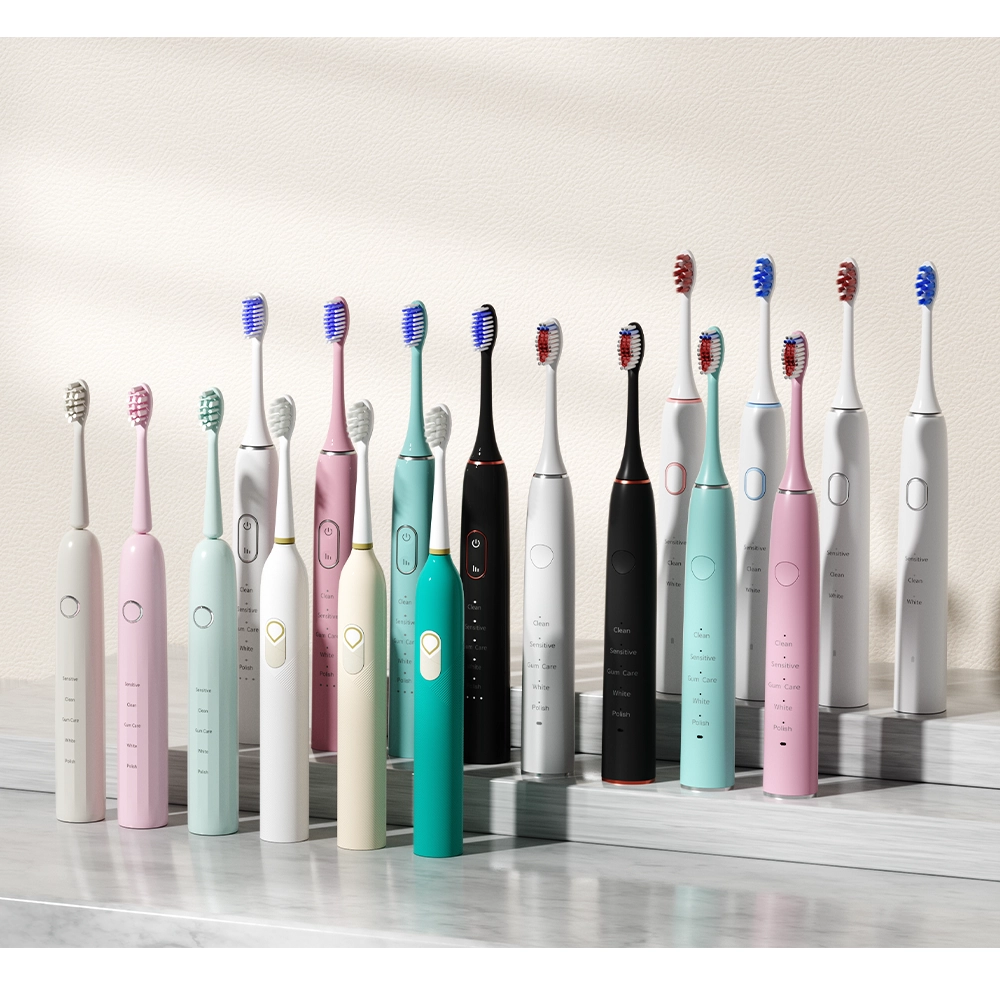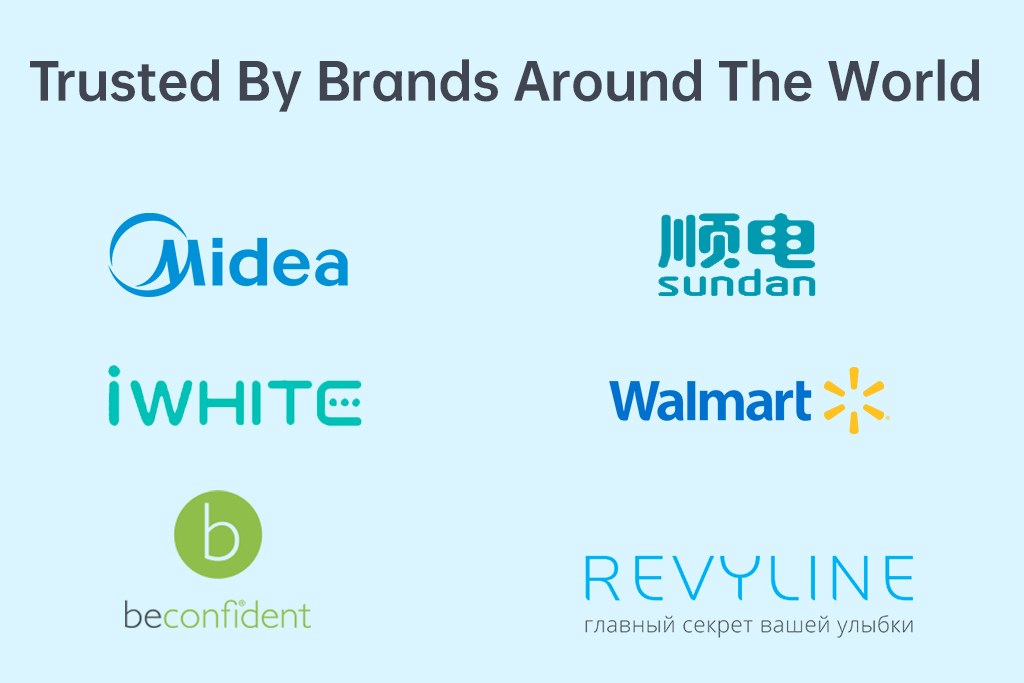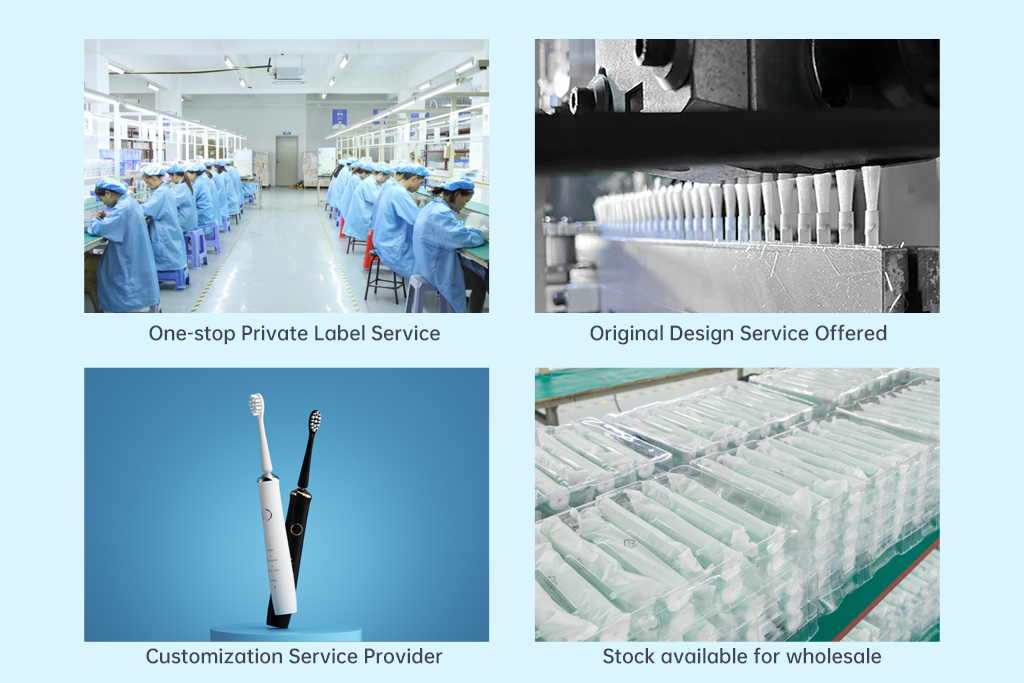In precision devices such as oral care appliances, high-performance sensors play a critical role in ensuring safe operation. But what happens when Sensor Failure occurs simultaneously with Overpressure Damage? This rare yet dangerous combination can lead to unpredictable product behavior, shortened lifespan, and even user safety concerns. Ignoring this “double trouble” is no longer an option for manufacturers focused on quality and reliability.
Sensors monitor crucial parameters—such as pressure, temperature, and vibration—in water flossers and electric toothbrushes. However, when Overpressure Damage occurs due to blocked nozzles, faulty pumps, or misuse, sensors can become overloaded or misread data. In this state of Sensor Failure, the device loses its ability to regulate performance or trigger safety shutdowns, compounding the original problem.
For B2B OEM suppliers, robust sensor design and placement are key to prevent this vicious cycle from occurring.
When Overpressure Damage strikes—whether from pump malfunction, valve blockage, or tank defect—the internal system undergoes stress far beyond its design limits. Without functional sensors to detect and respond, the damage can escalate:
This creates the perfect storm: devices that not only fail but also risk fluid leaks, motor destruction, and potential user harm. Company web: https://www.powsmart.com/product/electric-toothbrush/
A functioning sensor system can trigger automatic shutdown or pressure relief to prevent catastrophic damage. But if Sensor Failure coincides with Overpressure Damage, no such protection exists. As a result:
This doubles the risk—not only is damage likely, but the user remains unaware until full failure occurs.
To prevent this dangerous overlap, manufacturers should focus on:
OEMs and ODMs must consider these features at the design stage, not after production.
Failure to address Sensor Failure combined with Overpressure Damage can lead to:
Proactive risk management saves time, cost, and credibility in the long run.
To eliminate the dual risk of Sensor Failure and Overpressure Damage, production teams should:
Only by adopting these rigorous practices can manufacturers confidently deliver safe, durable, and high-performance devices to global markets.
When Sensor Failure meets Overpressure Damage, the consequences can be disastrous—or fully preventable, depending on the manufacturer’s approach. By combining sensor reliability, thoughtful design, and top-tier production processes, B2B suppliers can turn this potential “double trouble” into double assurance for product safety and customer satisfaction. In the precision world of personal care devices, vigilance at every production stage is the key to lasting success. Contact us


Enamel Transparency Plus Taste Loss – Permanent Damage?
Tongue Numbness After Hydrogen Peroxide Burns – Normal?
Short Circuit Plus Water Leakage – Playing with Fire?
.jpg)
Where to Find Electric Toothbrush Manufacturer Reviews to Identify the Best Electric Toothbrush for Distributors?
.jpg)
Solutions to Common Faults of Water Flossers: How Can Brand Owners Ensure That Factories Provide Reliable After-Sales Service?

How to Compare Electric Toothbrush Suppliers When Selecting a Philips Sonicare Supplier Wholesale?

FAQ for New Water Flosser Brands: Avoiding Costly OEM Mistakes

The Characteristics of the Target Audience for Home Teeth Whitening Devices
Timer Malfunction with Whitening Reversal – Wasted Effort?
Brush Discoloration with Hydrogen Peroxide Burns – Safe to Ignore?
.jpg)
No More Missed Spots: How Our Manufacturer Ensures Your Water Flosser Reaches All Teeth
.jpg)
Choosing Between a Sonic vs Oscillating Toothbrush Supplier?
.jpg)
Looking for Electric Toothbrush for Travel Wholesale as an Oral-B Electric Toothbrush Distributor?
.jpg)
No-Mess Water Flosser Design: How Our Factory Solves Splashing for Your Brand
.webp)
How Do Electric Toothbrush Market Trends Influence Electric Toothbrush Supplier Certification?
.jpg)
Water Flosser Price Factors & Supplier Screening: A Strategic Sourcing Guide

electric toothbrush heads Deep Clean

Customization Teeth Whitening Gel

electric toothbrush heads Charcoal Infuse-Round

Private Label Whitening Gel

electric toothbrush heads Regular Clean

Electric toothbrush heads Charcoal Infused-Diamond
.jpg)
Florida Electric Toothbrush – Powsmart PTR-C8

electric toothbrush heads Ultra Soft
whstapp
whstapp
National Toll-Free Service Hotline
+86 755 86238638